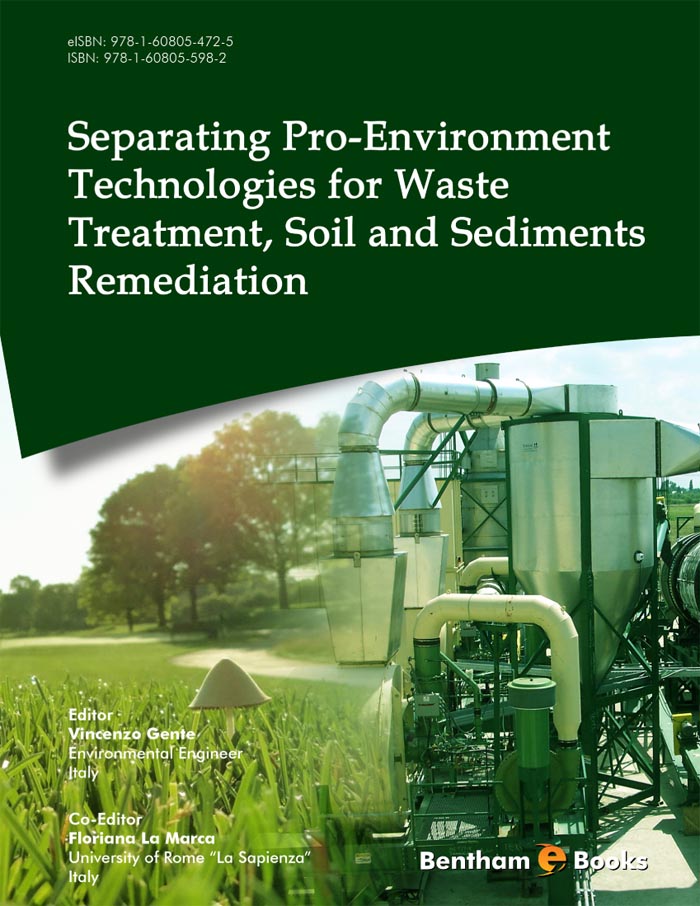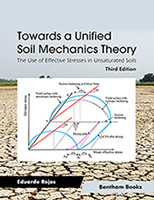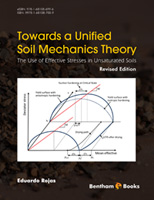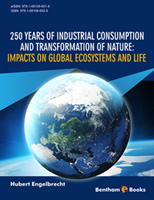When dealing with environmental issues, most of the times it is necessary to deal with contaminants or pollutants, which have to be removed from waste materials or from natural matrices.
This is the case, for example, during recovery of high-added value constituents from waste streams for recycling or reuse, and extraction (or removal) of contaminants from soil or sediments.
In both cases, the aim of the actions that have to be taken in order to tackle the environmental issues, is to separate what is useful (recyclable materials, soil and sediments) from what is useless (non recyclable materials, contaminants).
A close look at the technologies developed in mineral processing could be of great help in finding the right solution. As a matter of fact, the liberation and separation processes used for the recovery of valuable minerals from gangue are principally the same processes that can be applied to waste in order to recover valuable materials as well as to soil and sediments to eliminate contamination.
During the last decades, the raising concern in environmental issues has led to the adoption of technologies, initially developed for mineral processing. Processes that include comminution, classification or electrical and magnetic separation, hydrocycloning and flotation, can also be considered for the treatment of either waste materials or remediation of soils and sediments. Nevertheless, prior to the use of mineral technologies in environmental applications some modifications and tests are required in order to optimize treatment efficiency by considering technical, economic, environmental and social criteria.
In fact, the differences between ore deposits and waste materials, soils and sediments as well as their specific physico-chemical characteristics in each case, have to be taken into consideration:
-
Ore deposits are usually more homogeneous compared to waste materials and contaminated soils and sediments, that are often heterogeneous in terms of size distribution, and composition; - The composition of ore deposits is usually more stable while the composition of wastes, soils and sediments may vary with time even in nearby sites; in the latter case hotspots are often seen, thus making their treatment more complex;
-
The characteristics of concentrates produced during mineral processing are well specified by market standards, whereas valuable constituents that can be recovered from waste are not always specific; furthermore the establishment of different thresholds in each Member State and the plethora of legislation, beyond European Commission Directives and Best Available Techniques, for specific contaminants may impose the adoption of different treatment options.
Therefore, the aim of this eBook is to investigate how mineral processing technologies, can be modified and improved when applied to waste treatment as well as to soil and sediment remediation.
In particular, emphasis is placed on the application of different technologies to different matrices as well as the innovations foreseen from their use in environmental applications and in specific industrial sectors.
Vincenzo Gente
Environmental Engineer
Italy
Floriana La Marca
University of Rome “La Sapienza”
Rome
Italy





